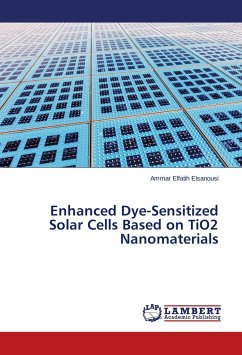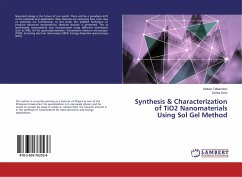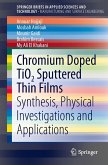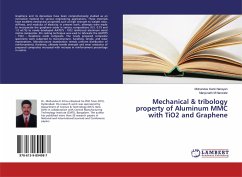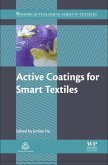Surface modified layer of TiO2 with anatase phase
can t be obtained from direct spin-coated TIP on IF
(interstitial free) steel by using sol-gel
techniques. Thus, this study used interlayers (Fe
atoms diffusion barriers) not only to inhibit Fe
atoms of the substrates from diffusing to out
surface but also to fix surface modified layer of
TiO2. Middle layers adopted two different ways: (1)
Dry process adopted sputtered Cr thin films. (2) Wet
process adopted spin-coated method with TOES gel to
obtain Si-O thin films after calcined. This research
observed the diffusion abilities of Fe atoms in heat
environment, surface morphology, and local
composition variations for various thin film systems;
moreover, it estimated photocatalytic
characteristics of surface modified layer. The film
thickness of dry process can control steady in
0.25µm. 400 heat treatment or coating
incoherent thin films did not influence the
composition of Cr films and the stability of its
thickness, but restrained Fe doping into TiO2.
can t be obtained from direct spin-coated TIP on IF
(interstitial free) steel by using sol-gel
techniques. Thus, this study used interlayers (Fe
atoms diffusion barriers) not only to inhibit Fe
atoms of the substrates from diffusing to out
surface but also to fix surface modified layer of
TiO2. Middle layers adopted two different ways: (1)
Dry process adopted sputtered Cr thin films. (2) Wet
process adopted spin-coated method with TOES gel to
obtain Si-O thin films after calcined. This research
observed the diffusion abilities of Fe atoms in heat
environment, surface morphology, and local
composition variations for various thin film systems;
moreover, it estimated photocatalytic
characteristics of surface modified layer. The film
thickness of dry process can control steady in
0.25µm. 400 heat treatment or coating
incoherent thin films did not influence the
composition of Cr films and the stability of its
thickness, but restrained Fe doping into TiO2.




